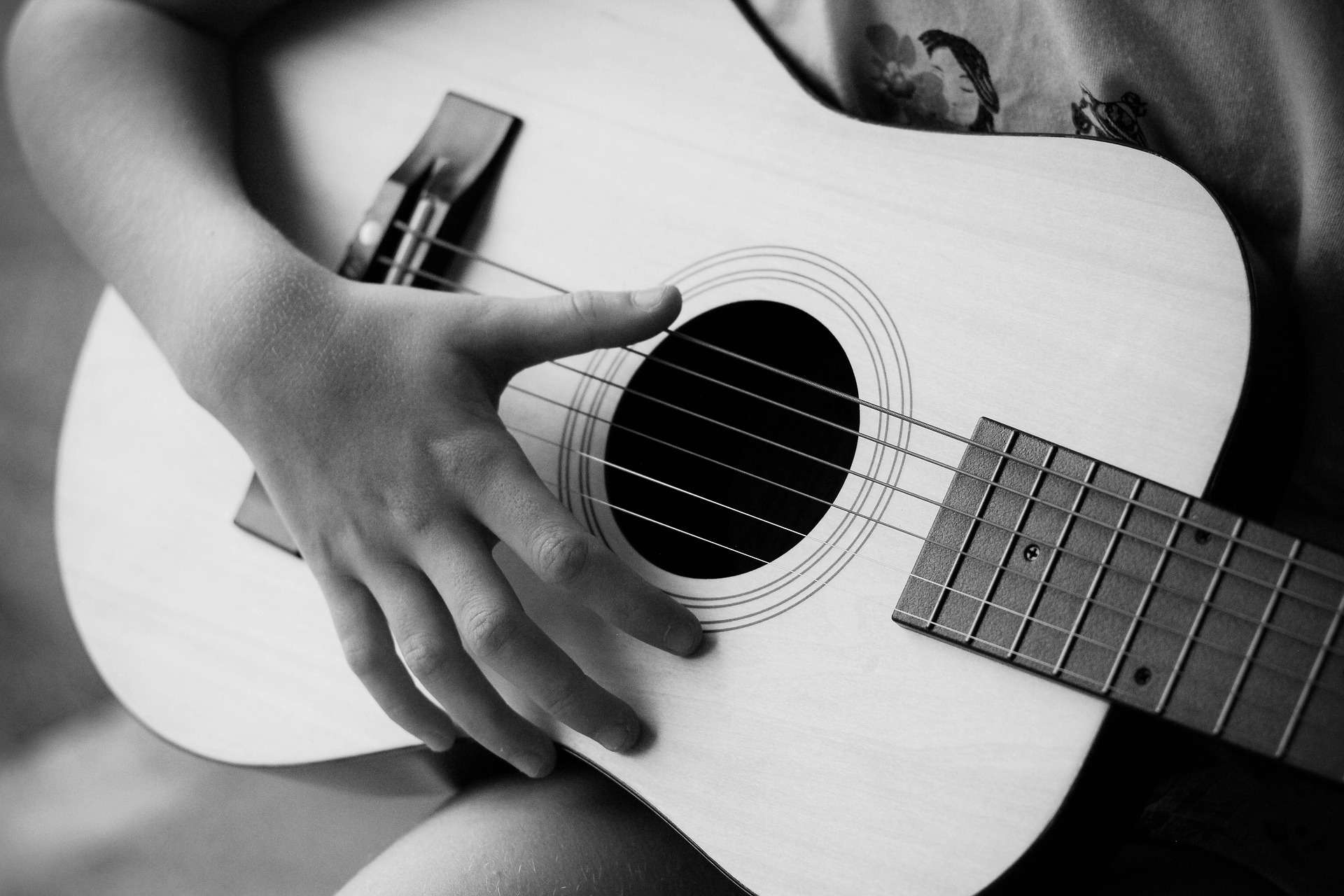
If you’ve ever found yourself humming along to a country station and thought, “Wow, this feels like home,” chances are, it’s not just the music, it’s the radio imaging doing its thing. That voice that slips between songs, teases a contest, or tells you who’s on next? It’s more than just filler. It’s the vibe. When it comes to radio imaging for country, that vibe needs to feel like a backyard barbecue, not a voice memo from your cable company.
Let’s be real: no one tunes in just to hear someone say the station’s name. But without that voice, the whole thing would feel like a playlist thrown together by your uncle who just discovered Spotify. Imaging gives the station personality. It gives it rhythm, charm, and that little wink that keeps you from changing the dial. Here’s the kicker, country fans? They notice. A good voice actor can make a five-second station ID feel like a familiar handshake. A bad one? Sounds like a robot reading from a cereal box.
Country songs are basically mini-movies. You’ve got heartbreak, old trucks, loyal dogs, small-town pride, and every once in a while, a whiskey-fueled revenge anthem. So, if your imaging sounds stiff or over-produced, it clashes. The right voiceover brings warmth, a touch of storytelling, and a little grit when it’s called for. Think of a voice that could comfortably announce a county fair’s pie-eating contest and intro a new Lainey Wilson track without missing a beat. That’s what works for radio imaging for country.
Sure, voiceover is a big part of the package, but sound design matters too. A bit of acoustic guitar here, some birds chirping there, maybe the subtle creak of a screen door for good measure. These little details make the whole thing pop. Now imagine a voice sliding in with a relaxed, conversational tone: “You’re listening to 92.5 The Rooster, where the boots are muddy and the music’s always clean.” Toss that over a dobro riff, and boom - you’ve nailed the country aesthetic.
Let’s not pretend: country audiences can smell fake from two counties away. If the voice sounds too polished, too announcer-y, or like it belongs on a luxury car commercial… yeah, that’s not gonna fly. The voices that work best in this space sound like people you’d actually meet at the gas station or sit next to at a high school football game. Natural, unforced, and easy to listen to while driving down a two-lane highway with the windows down.
Country radio has a cool little superpower, it bridges generations. You’ll hear Merle Haggard one minute, then Morgan Wallen the next. Imaging has to walk that same tightrope. It needs to respect tradition without sounding stuck in the past. Great voice actors know how to do this. One second they’re slow-rolling into a George Strait ballad, the next they’re bringing the energy for a fresh-off-the-press release from a brand-new artist out of Texas. It’s all about balance.
It’s not just about sounding “country.” It’s about knowing when to lean in and when to lay back. When to throw a little drawl into it, and when to keep it neutral. The best voice actors for radio imaging for country don’t overdo it, they just feel right. Some come from a broadcast background. Others from acting, narration, or even stage work. But they all share one thing: they know how to sound like they’re talking to you, not at you. That’s the difference between a station people like… and one they stay loyal to.
At the end of the day, radio imaging for country is more than voiceovers and guitar licks, it’s identity. It’s how a station greets its audience, builds trust, and keeps folks coming back between songs. The right voice actor turns a regular station ID into a moment. A promo into a personality. That’s how a station becomes more than just a pre-set, it becomes part of someone’s day.
Radio Imaging for Country by Alan Shires